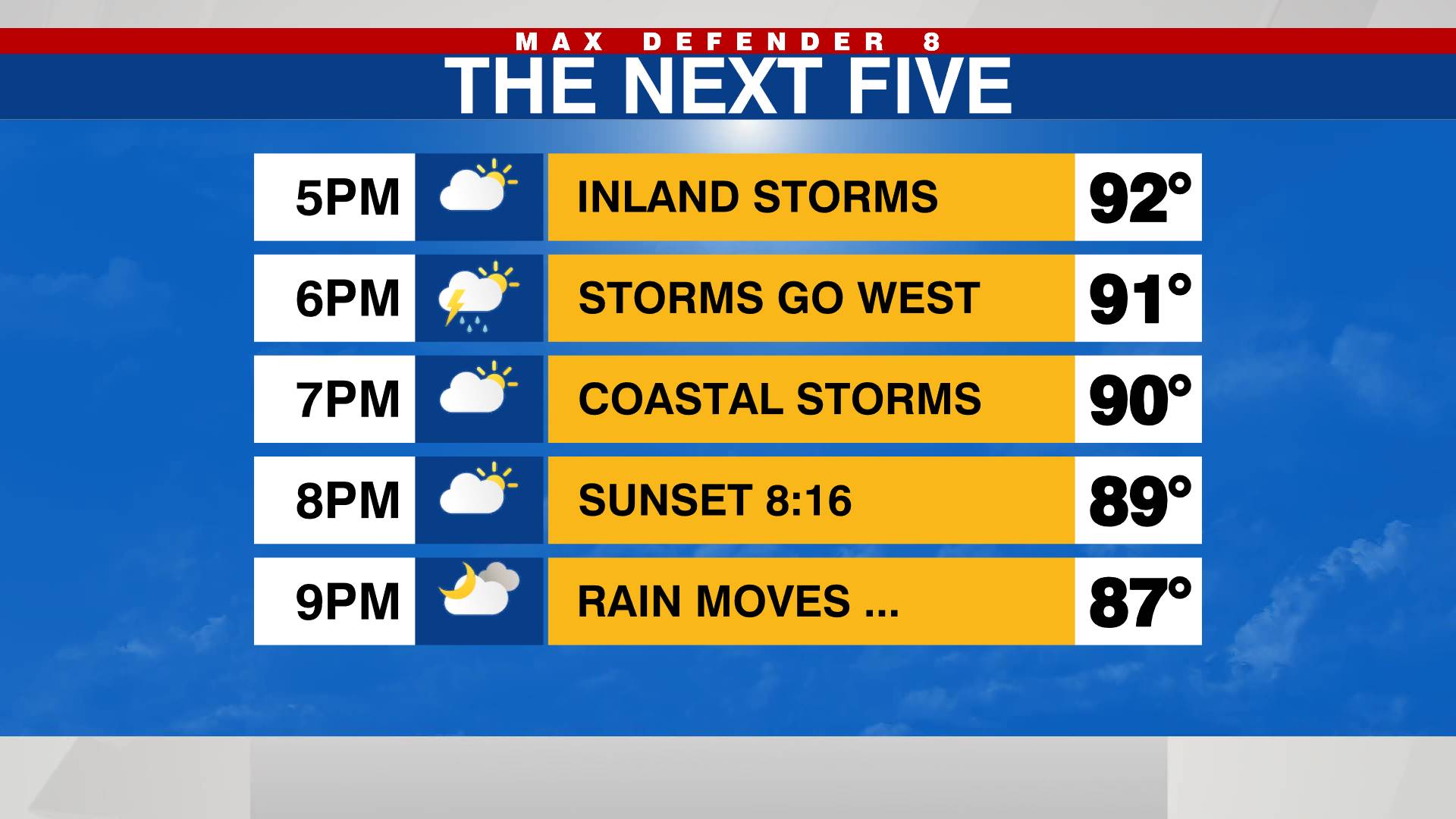(AP) — The largest wildfire burning in the United States was heading toward mountain resort towns in northern New Mexico on Wednesday, prompting officials to issue another set of warnings for more people to evacuate as the fast-moving fire picked up momentum.
The blaze was racing up steep slopes and along exposed ridge lines, with the wind tossing hot embers further into unburned territory giving the fire an even bigger foothold on the tinder-dry landscape.
After growing more than 50 square miles (130 square kilometers) in a single day, the fire had charred more than 370 square miles (958 square kilometers) by Wednesday morning. That number was growing given the challenges firefighters faced during the afternoon hours.
Evacuations were ordered for villages south of the resort town of Angel Fire, where residents were told to also be packed and ready to go.
Meanwhile, a wildfire that erupted Wednesday afternoon in coastal Southern California raced through coastal bluffs of multimillion-dollar mansions, burning at least a dozen homes, fire officials said. The flames were fanned by gusty ocean winds. No injuries were reported.
The towering plume of smoke created by New Mexico’s raging wildfire could be seen hundreds of miles away, but for the well-known tourist enclave of Taos just to the west, it was more unnerving.
“I think everyone is a little on edge,” Karina Armijo, a town spokeswoman, said Wednesday, adding that she’s been busy fielding calls from people who are wondering whether it’s still safe to visit. “It’s hard to say what’s going to happen a week from now versus three weeks from now — or even tomorrow.”
In winter, the challenging ski slopes just north of town draw people from around the world. Just last month, the Taos ski valley hosted the World Pro Ski Tour’s championship races. Art galleries, adobe churches and a rich history of Hispanic and Native American culture are the attractions in warmer months along with the aspen-covered biking and hiking trails that traverse the region.
Authorities stressed there was no immediate threat to communities near Taos, but fire modeling based on terrain, weather conditions and the amount of dry fuel indicated flames would continue marching north and east.
The fire already has burned through a forested landscape held sacred by its rural residents, many losing homes that have been in their families for generations. Some residents allowed to return Tuesday found only charred rubble. Others were more fortunate as the flames skirted their homes.
Firefighters were working to protect buildings around the towns of Mora and Holman and in smaller villages to the north, while authorities closed many roads in the area due to firefighting activity, smoke and fire danger.
“This is tough firefighting business right here,” fire Incident Commander Dave Bales said in a briefing. “This is not easy, especially in the fuel types we’re in, in the Ponderosa pine, mixed conifer, even down into the grass. When we can’t fly aircraft, when we can’t get people on the direct edge of the fire, when it’s spotting over us, that’s a huge concern for us.”
Crews have been trying to direct flames around homes on both ends of the fire — bulldozing firebreaks, putting up sprinklers, clearing trees and raking pine needles. More than 1,800 firefighters and support personnel are assigned to the blaze.
A federal disaster already has been declared because of the blaze, which is partly the result of a preventative fire that escaped containment after it was set in early April to clear brush and small trees so they could not serve as wildfire fuel. That fire merged with another wildfire several weeks later.
Crews also were battling a smaller fire near Los Alamos National Laboratory, a key government facility for nuclear research that has been tapped to ramp up production of plutonium components for the nation’s nuclear arsenal. Most employees began working remotely this week as the lab and adjacent town prepared for possible evacuations as a precaution.
Crews working that blaze have been using heavy machinery to clear out vegetation and build more fire lines in hopes of keeping the flames from moving closer to the community.















